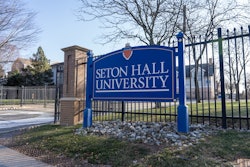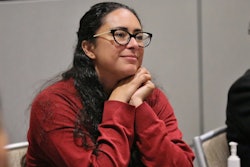Since the passing of the Higher Education Act (HEA) of 1965, 11 Minority Serving Institution (MSI) designations have been created, the most recent being Asian American Native American Pacific Islander Serving Institutions (AANAPISIs). These MSIs reflect the changing demographic landscape of America by offering institutions a chance to compete for Title III, V, and VII grants that can serve their unique populations.
 Dr. Robert Teranishi, professor of social science and comparative education and the Morgan and Helen Chu Endowed Chair in Asian American studies at the University of California, Los Angeles.
Dr. Robert Teranishi, professor of social science and comparative education and the Morgan and Helen Chu Endowed Chair in Asian American studies at the University of California, Los Angeles.
According to the 2022 federal MSI eligibility data, 192 institutions in the U.S. are eligible to apply for AANAPISI funding. But of those 192, only 32 currently receive an AANAPISI grant.
“There is a growing number of institutions that are eligible to be both AANAPISIs and Hispanic Serving Institutions (HSIs). Our analysis, for example, indicates that nearly half of eligible AANAPISIs are also eligible as HSIs,” said Dr. Robert Teranishi, a professor of social science and comparative education and the Morgan and Helen Chu Endowed Chair in Asian American studies at the University of California, Los Angeles.
“Title III, Part A does not allow a campus to receive another Part A grant simultaneously,” said Teranishi, which can create a conflict for HSI and AANAPISI schools.
These restrictions were designed to increase the number of institutions able to receive grants, but Teranishi said it has resulted in “instances where an institution has turned down one grant to accept another.”
The Department of Education has tried to prevent this conundrum. Two different acts, in 2007 and 2008, created two different application cycles for AANAPISI grants. In theory, those institutions who cannot accept Part A (because they accepted an HSI grant) can apply for AANAPISI Part F in the next cycle.
















